8 Animals That Show Their Love in Painful Ways
8 Species That Mate Through the Pain
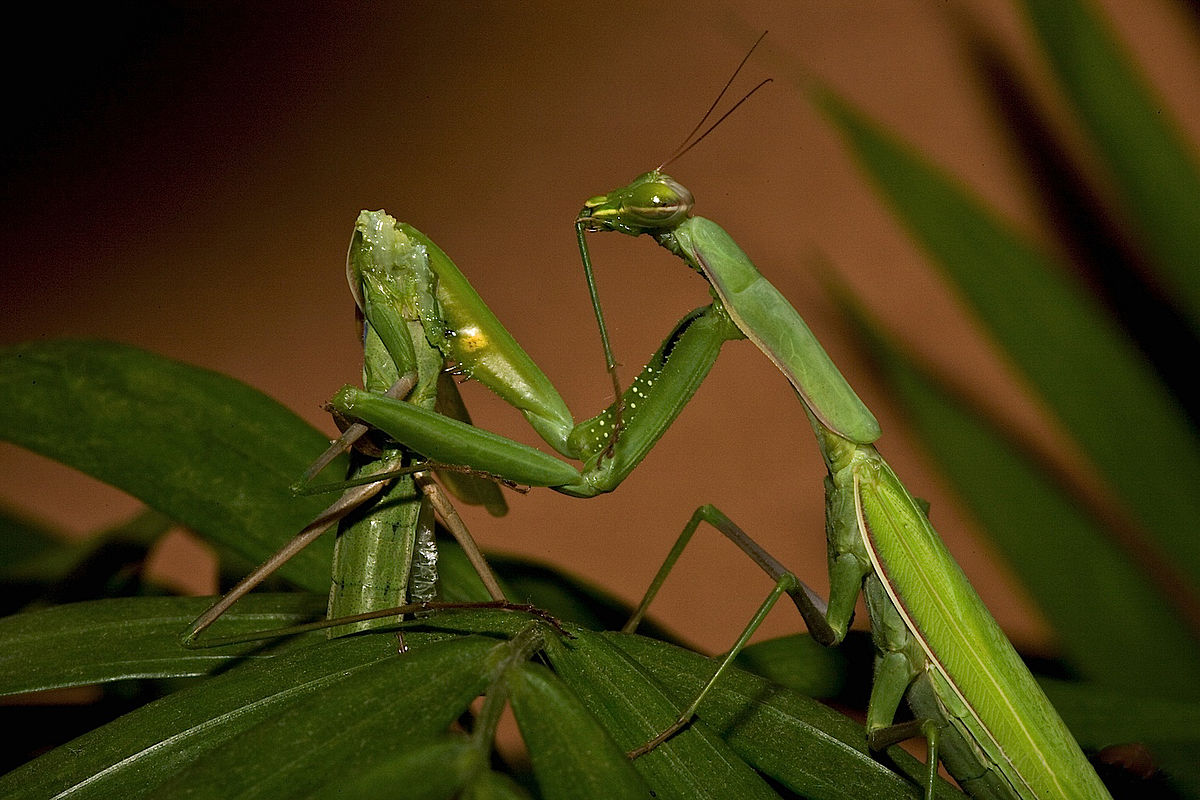
For humans and for certain other animals recreational sex can be highly enjoyable. Even procreative sex among primates and some mammals is thought to provide pleasure for the participants. But for many animal species that's just not the case. And yet, sex doesn't need to be fun — or even pain-free — to fulfill its biological purpose. As long as fertilization happens, nature considers the sexual behaviors and appendages in question to be successful, even if the act itself generates physical harm or turns out to be fatal. But these species probably already know that.
Here, a female Mantis religiosa enjoys a post-coital snack — her former mate's head.
Mr. Pointy
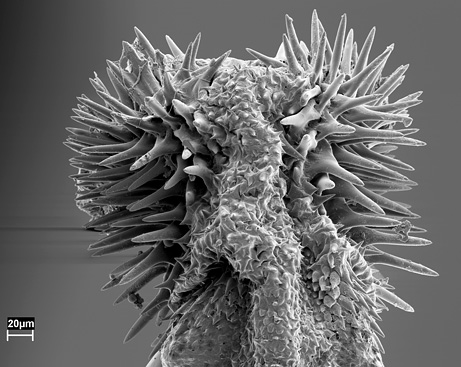
With male seed beetles sporting spike-studded penises like these, the battle of the sexes is sadly a mismatched affair. According to a study published in 2007 in the Proceedings of the National Academy of Sciences even one mating episode with this "harmful genitalia," as the study authors described it, leaves the reproductive systems of female beetles noticeably scarred.
Going out with a bang
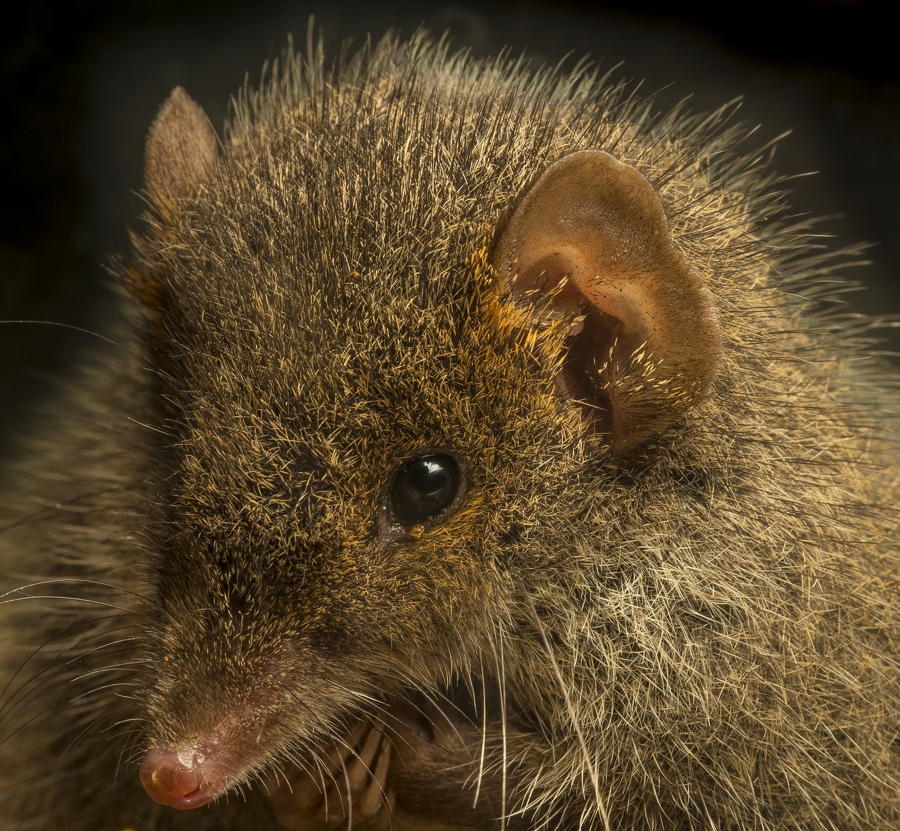
Freddy Mercury of the rock band Queen once sang, "Too much love will kill you," and for antichenus, a randy marsupial found in Australia, that lyric rings all too true. During their annual mating season, males copulate with multiple partners one after the other, for up to 14 hours at a stretch. After days and days of marathon sex, the males develop sores, lose their hair, and even go blind. Eventually, skyrocketing stress hormones burn out their immune systems, and their bodies give out completely.
Finish without me
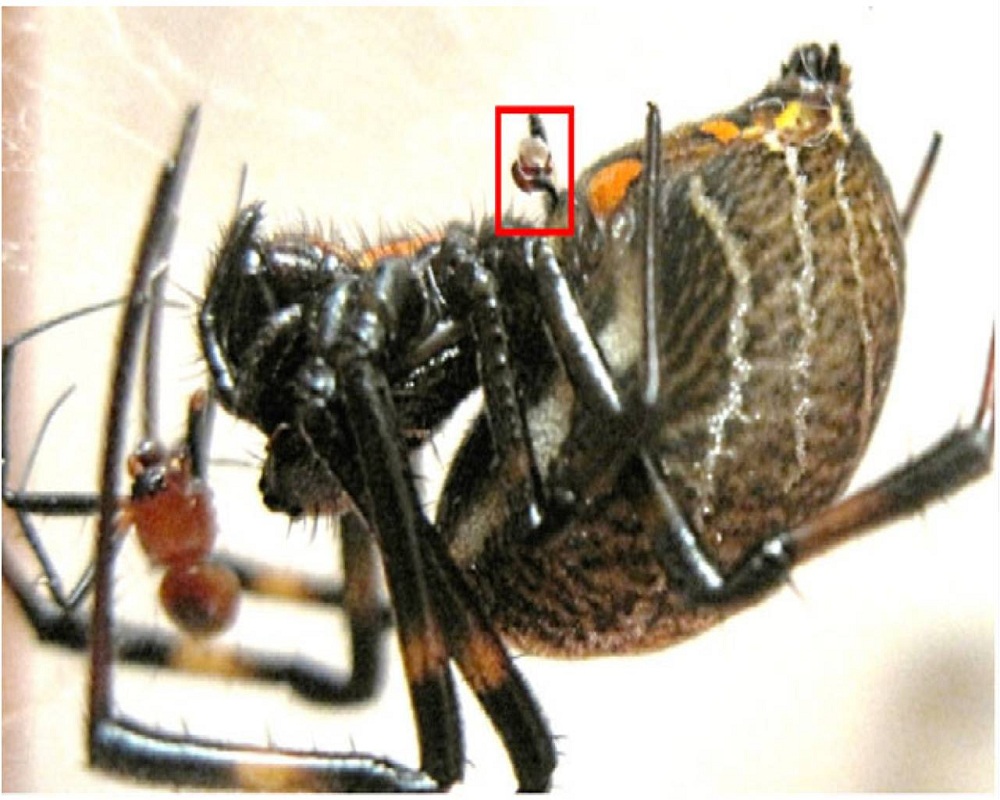
Female orb-web spiders are sexual cannibals — they frequently eat the male during sex. But the males have developed an unusual strategy to save themselves from hungry mates. Once they've penetrated the female, they detach their genitalia — structures called "palps" — and scuttle away, out of the female's reach. The palp continues to deliver sperm until the female manages to pull it out, which can take up to seven hours, researchers found.
Pierced by love's arrows
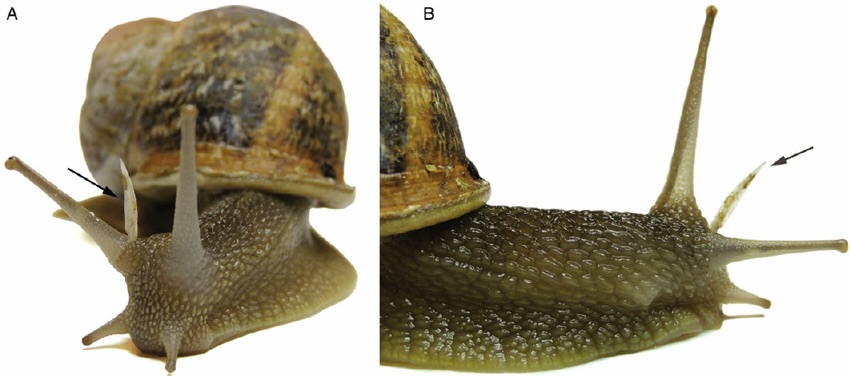
Hermaphrodite land snails have both male and female sex organs. Once they've selected a likely partner, they flex a muscular sac inside their bodies and eject a dartlike structure into the other snail's head, which delivers a kind of mucus that readies the snail to receive a sperm packet. Some species, scientists discovered, jab their mates over and over with their dart, with one stabbing its mate more than 3,000 times on average.
This Cornu aspersum snail was struck in the head by a love-dart (arrow) that pierced its head completely, emerging close to the right eyestalk.
Get the world’s most fascinating discoveries delivered straight to your inbox.
Two-pronged penis attack
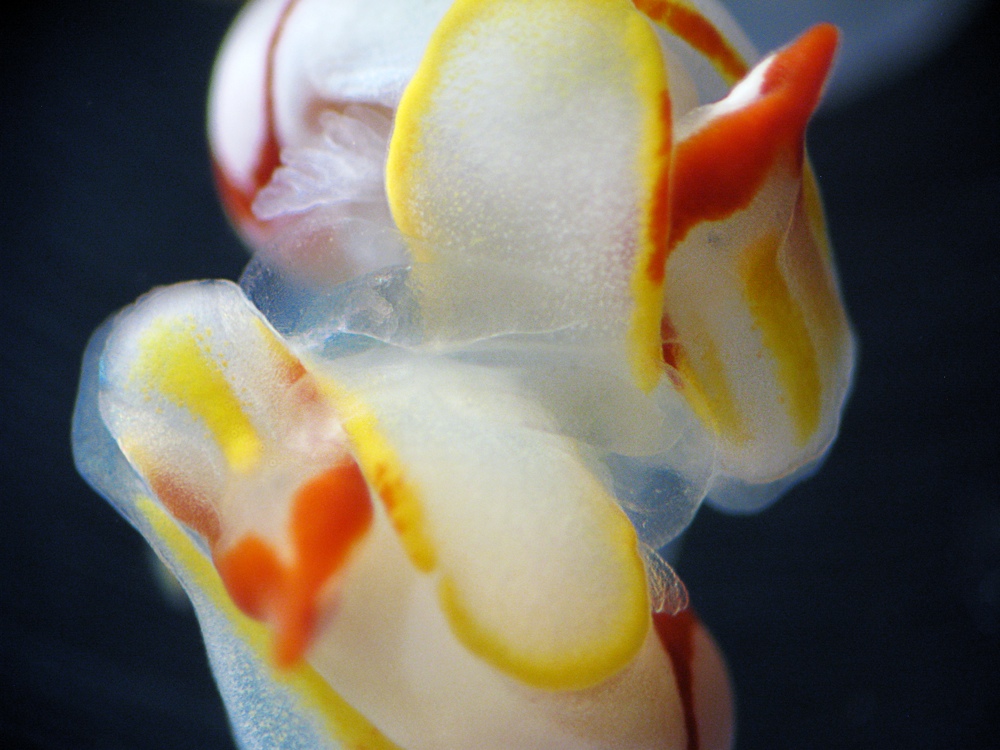
Sea slugs are simultaneous hermaphrodites, which means that they have male and female reproductive organs and use both during sex. They also have the Swiss army knife of genitalia: A two-pronged penis takes care of sperm delivery, and a syringelike "penis stylet" penetrates a mate's body and injects prostate fluids. The penis is ringed at the base with a handful of large hooks and tipped with 20 to 30 spines that help to anchor the slug securely inside its partner.
Cat scratch fever
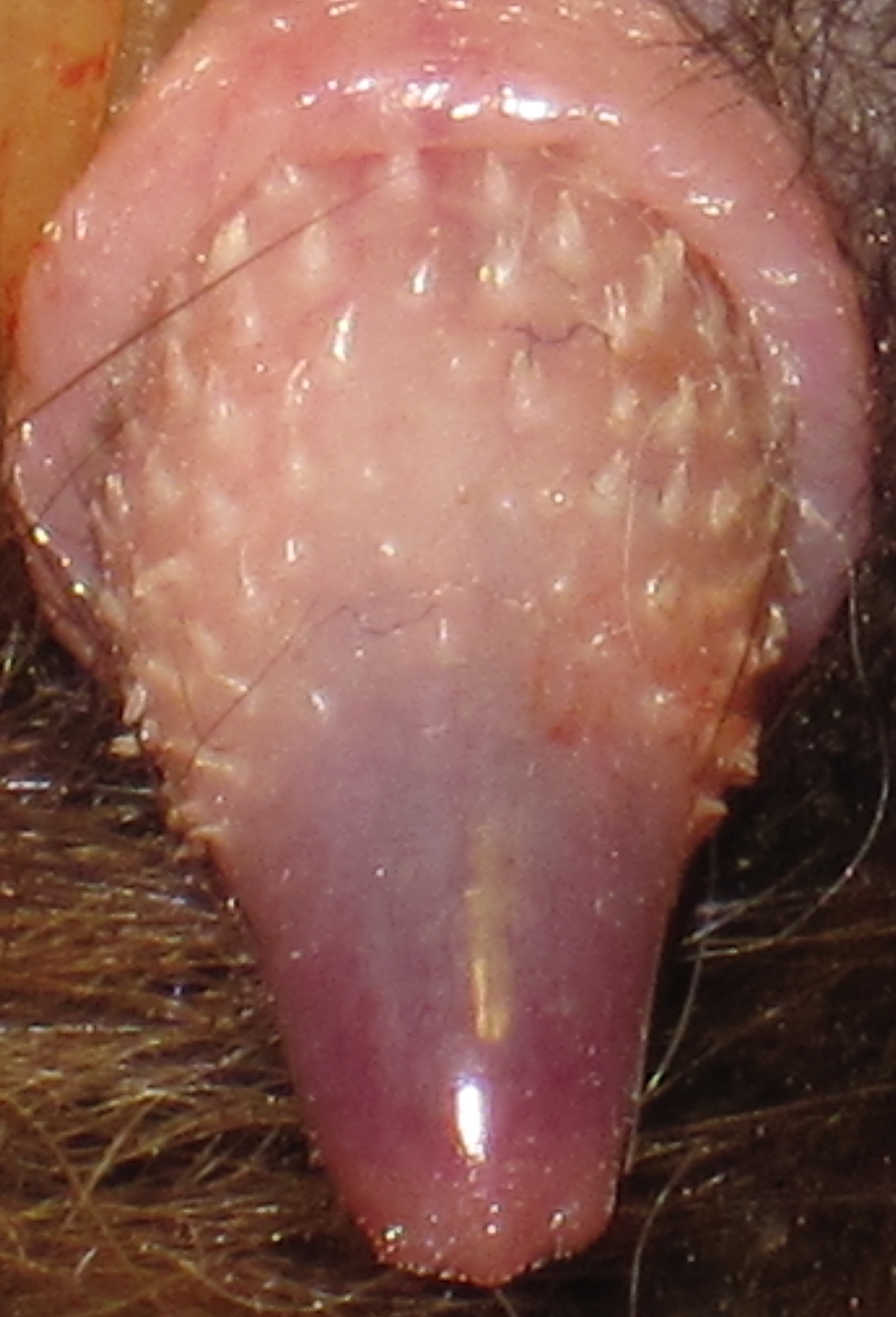
If you've ever overheard the yowling of mating feral cats, you might already suspect that sex is somewhat uncomfortable for felines. Males have a penis ringed with dozens of rigid spines that rake the walls of the female's vagina when the male withdraws, but which are associated with stimulating ovulation, according to a study published in the journal The Anatomical Record.
Love wounds and mars
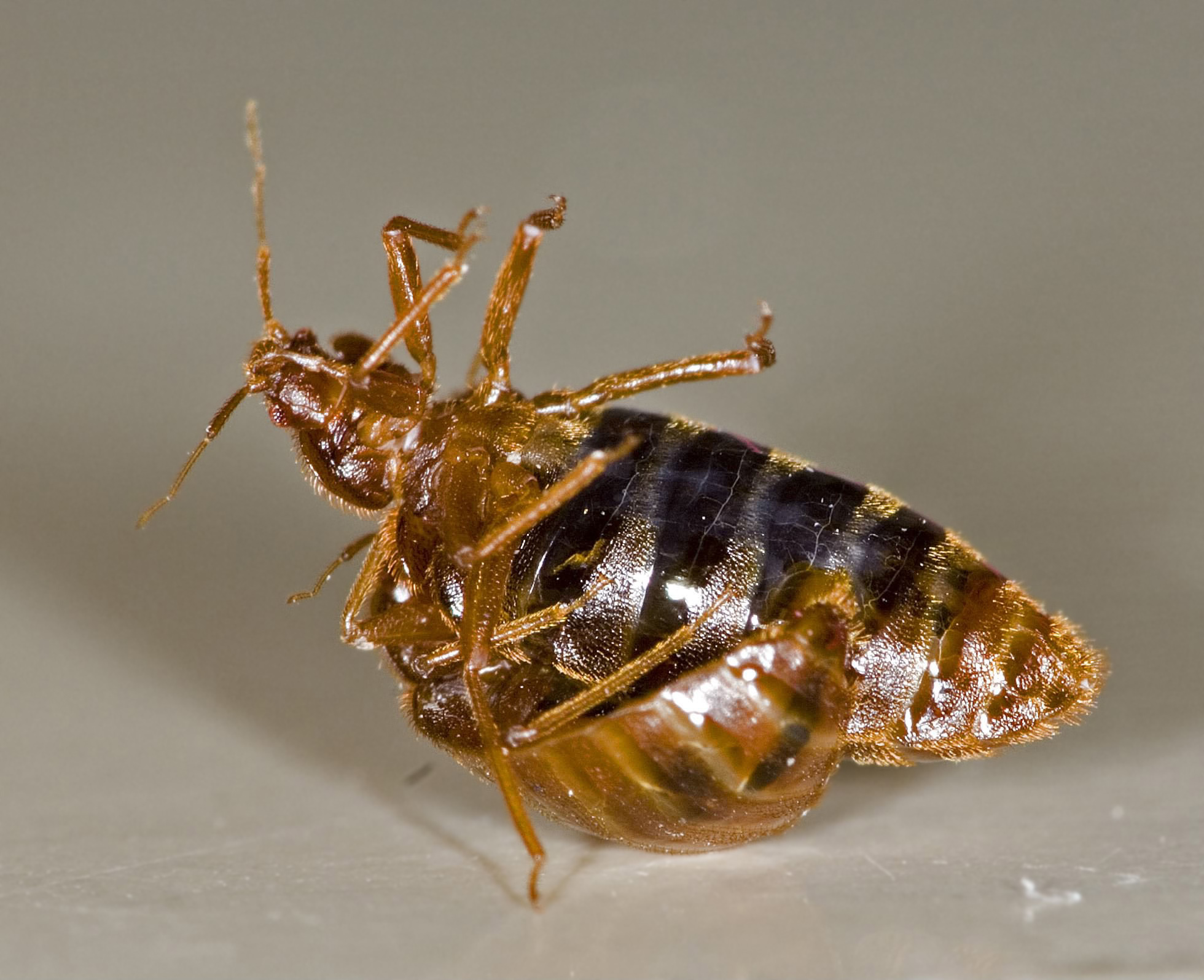
In 1913, male bedbugs were first observed using their needlelike penises to puncture the females' exoskeletons wherever they could during sex. Sperm is deposited into the wound, where it travels through her body fluid to the ovaries. Scientists recognize this as a successful strategy for males, ensuring that their sperm can't be stored or rejected by a mate, though it comes at a significant cost to females.
Lord love a duck
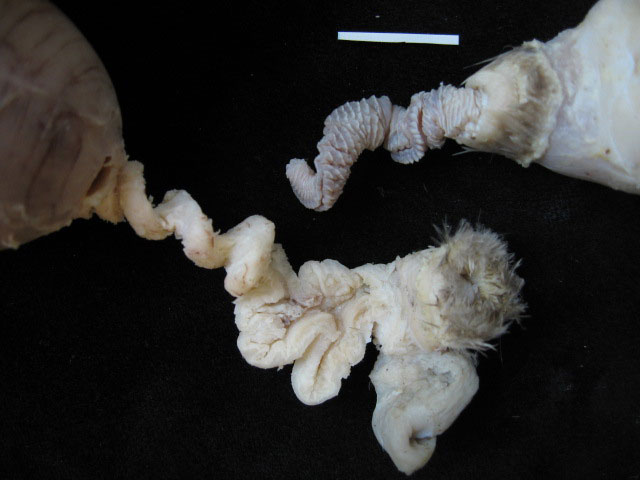
For most bird species, the males don't have phalluses at all — they reproduce by expelling sperm from a vent called a cloaca. Male ducks are the exception — in more ways than one. Their corkscrew penises have evolved over time to fit a vagina that in turn has evolved a mazelike cluster of twists, turns and dead ends. This genital arms race likely developed because females were compelled to have sex with multiple partners, and a labyrinthine vagina would allow them to retain some control over fertilization.

Mindy Weisberger is a science journalist and author of "Rise of the Zombie Bugs: The Surprising Science of Parasitic Mind-Control" (Hopkins Press). She formerly edited for Scholastic and was a channel editor and senior writer for Live Science. She has reported on general science, covering climate change, paleontology, biology and space. Mindy studied film at Columbia University; prior to LS, she produced, wrote and directed media for the American Museum of Natural History in NYC. Her videos about dinosaurs, astrophysics, biodiversity and evolution appear in museums and science centers worldwide, earning awards such as the CINE Golden Eagle and the Communicator Award of Excellence. Her writing has also appeared in Scientific American, The Washington Post, How It Works Magazine and CNN.


